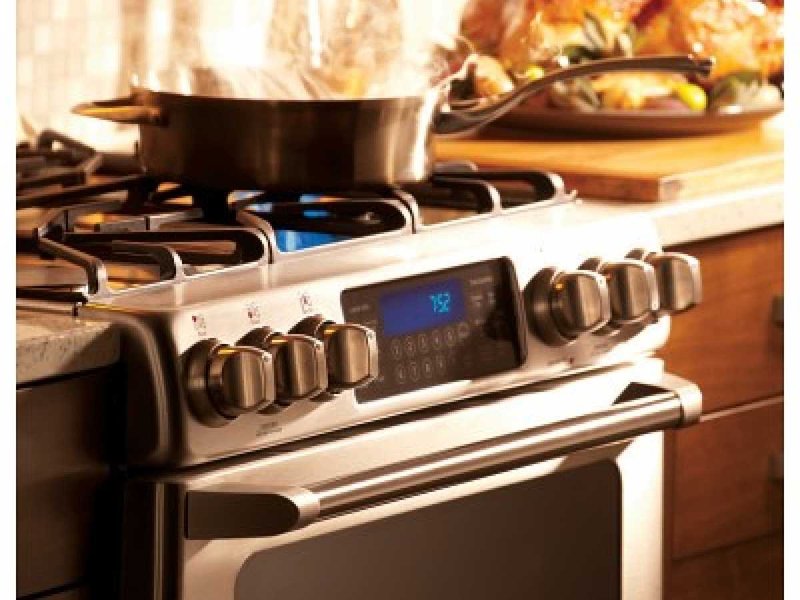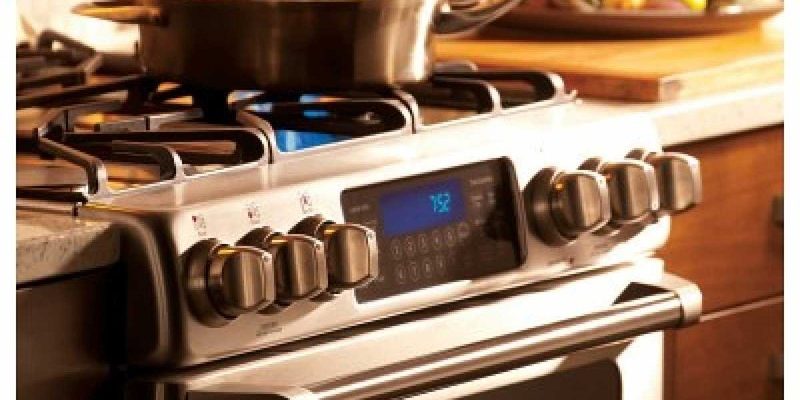
The “LE” error code on GE ovens and ranges isn’t just random gibberish; it actually indicates a problem related to the lock mechanism of your appliance. Think of it like your smartphone refusing to unlock; there’s something awry with the mechanism that controls opening and closing. So, when this error crops up, it’s likely that your oven’s lock system is having some trouble.
Understanding the ins and outs of what triggers this error code is crucial for anyone who uses a GE oven or range. Here’s the deal: These appliances are equipped with a lock system that secures the oven door. If the system malfunctions, the oven recognizes it and displays the “LE” error code to alert you. Now, let’s explore the common causes behind this issue and how you can address them.
What Triggers the “LE” Error Code?
The “LE” error code is primarily associated with issues in the lock mechanism of your oven or range. Just like how a bike chain might get jammed, the locking mechanism can face obstacles or malfunctions that prevent it from working smoothly. Here’s a deeper look at some common causes:
1. Faulty Door Lock Motor
The door lock motor is like the motor in your car that powers the windows up and down. If this little motor in your oven fails, it can’t engage or disengage the lock properly. Over time, wear and tear can lead to this motor burning out or becoming less effective. This is especially common if you’ve had your appliance for several years and use it frequently. To fix this, you might need to replace the motor altogether. But before jumping to conclusions, testing it for electrical continuity with a multimeter can confirm if it’s indeed at fault.
Next steps? If you suspect the door lock motor is the culprit, it might be a good idea to get a professional to handle the replacement unless you’re handy with appliance repairs. Preventive maintenance, like ensuring the motor parts are regularly cleaned and moving correctly, can extend its life.
2. Issues with the Control Board
Just as a conductor directs an orchestra, the control board manages all the functions in your oven. If there’s an issue with this central system, your oven might not be locking and unlocking as it should. Electrical surges, moisture, or simply a manufacturing flaw can cause the control board to malfunction. When this happens, it might send incorrect signals that result in the “LE” error code popping up.
To remedy this, a thorough inspection by a professional can determine if the control board needs repairing or replacing. Regular checks and avoiding exposing your oven to excess moisture can help keep the control board in top condition.
3. Misalignment of the Door Lock
Imagine trying to fit a square peg in a round hole—that’s what happens when the door lock is misaligned. If the locking mechanism isn’t lining up correctly due to a misaligned door, the system will not function properly, triggering the error code. This can happen due to rough handling of the door or general wear and tear.
Aligning the door properly often solves this issue. You can start by gently adjusting the door to see if it fits better. If the problem persists, the lock itself might need adjusting or additional fixing. Regularly checking and gently handling the door can prevent misalignment over time.
How to Prevent the “LE” Error Code
Prevention is always better than cure, and that holds true for your kitchen appliances too. Staying ahead of potential problems is all about regular maintenance and good practices.
Keep It Clean
Keeping your oven and its components free from dirt and grime is crucial. Just like you wouldn’t leave your car’s engine dirty, the same goes for your oven’s lock system. Regularly cleaning the area around the lock with a soft, damp cloth ensures dirt and residues do not hinder its operation.
Handle with Care
Gentle handling goes a long way in maintaining the longevity of your appliance. Avoid slamming the oven door, as this can cause misalignment or wear out the locking mechanism over time. Always try to open and close the door smoothly.
Regular Inspections
Periodic checks by a professional can catch issues before they become significant problems. Consider scheduling a maintenance check every year or so to ensure everything is running smoothly. Just like regular doctor check-ups can catch health issues early, the same principle applies here.
In conclusion, understanding the common causes of the “LE” error in GE ovens and ranges can save you from unnecessary stress and expenses. By taking preventative measures and addressing issues promptly, you can keep your kitchen running smoothly. Remember, a stitch in time saves nine—better to fix small issues before they escalate!
